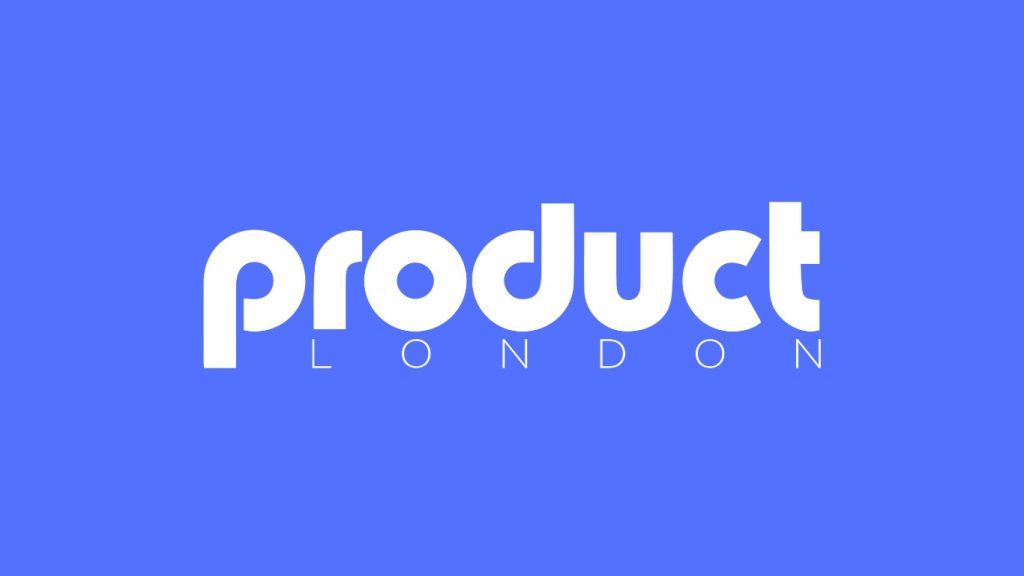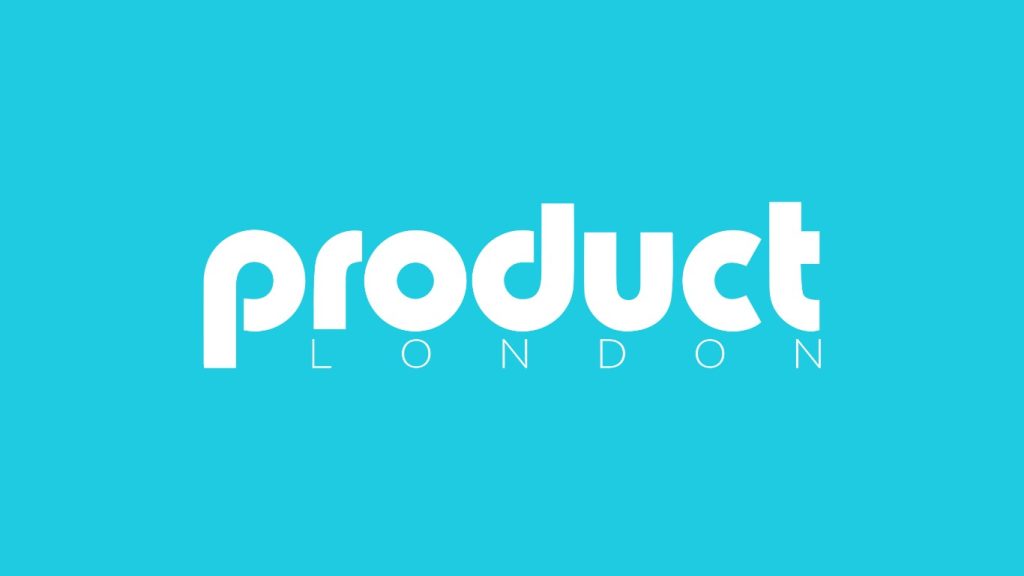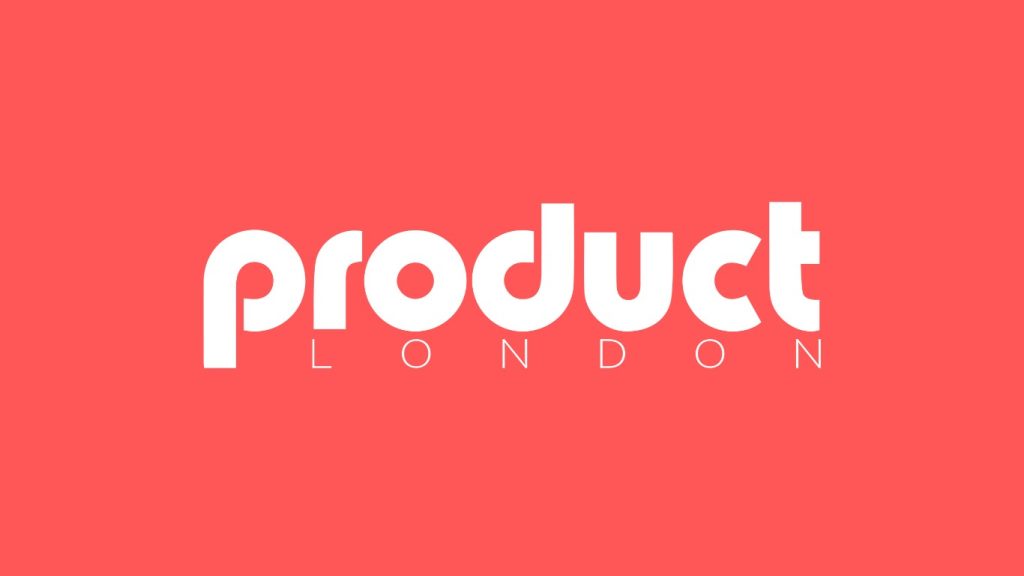To boost SME visibility on Twitter, set clear goals using the SMART framework to align with broader marketing strategies. Select influencers meticulously, emphasizing higher engagement rates and alignment with brand values. Harness local talent and regional networks for authentic connections and cost-effectiveness. Empower influencers by granting creative freedom, enhancing authenticity and engagement. Constantly track and analyze performance with Twitter Analytics, adjusting strategies based on KPI insights. Precisely define target audiences through data-driven segmentation for impactful content. Finally, optimize your budget allocation, ensuring flexibility to maximize ROI. These tactics form a strategic roadmap for a successful Twitter presence. Discover the full potential of each approach to revolutionize your campaigns.
Key Takeaways
- Collaborate with regional micro-influencers to boost authenticity and maximize engagement among local audiences.
- Set clear, SMART campaign goals and adjust based on performance data and ROI for optimal outcomes.
- Evaluate engagement rates over follower counts to prioritize influencers with higher conversion potential.
- Utilize Twitter Analytics and tools like SocialPilot for real-time performance tracking and optimization.
- Leverage local cultural dynamics and hashtags to enhance community connections and campaign relevance.
Set Clear Campaign Goals
Establishing clear campaign goals is foundational to the success of any Twitter influencer marketing strategy, especially for small and medium-sized enterprises (SMEs) looking to maximize their impact.
One critical approach is to set clear campaign goals using the SMART framework, guaranteeing objectives are Specific, Measurable, Achievable, Relevant, and Time-bound. This structured methodology allows SMEs to execute campaigns with precision, aligning influencer marketing objectives with broader marketing strategies to enhance brand messaging and voice consistently across platforms.
To measure campaign performance effectively, it is essential to set benchmarks for engagement rates and conversion metrics. These indicators provide real-time insights into the effectiveness of the campaign, allowing businesses to assess which tactics are driving success.
Incorporating audience targeting into campaign goals is equally important, guaranteeing content resonates with the intended demographic and enhances overall impact. This strategic alignment can greatly improve the likelihood of achieving desired outcomes.
Regular review and adjustment of campaign goals based on performance data and ROI are necessary to maintain alignment with evolving market conditions and audience preferences.
Pick the Right Influencers
Selecting the right influencers is vital for maximizing the impact of your Twitter marketing campaigns; start by evaluating influencer relevance to your brand and audience.
Prioritize influencers with engagement rates above 2-3%, as these figures are indicative of meaningful interactions that can drive superior campaign outcomes.
Tools like BuzzSumo and Awario can aid in scrutinizing these metrics and ensuring alignment with your target demographics, making the strategic selection of regional micro-influencers a potent approach for SMEs seeking authentic connections.
Assess Influencer Relevance
To maximize the impact of your influencer marketing efforts, it’s essential to guarantee that the influencers you partner with are a perfect match for your brand’s target audience. Evaluating influencer relevance begins with examining follower demographics to confirm alignment with your intended market. This strategic approach enhances the effectiveness of your Twitter influencer marketing campaign by fostering authentic connections and driving brand awareness.
A critical factor to ponder is engagement rates; influencers who demonstrate higher levels of interaction, such as likes, comments, and shares, often possess a more engaged and responsive audience.
To identify influencers who will drive meaningful results, utilize platforms like BuzzSumo to explore their niche presence, past collaborations, and content quality. Micro-influencers, typically with 1,000 to 10,000 followers, can be particularly advantageous for SMEs due to their higher engagement rates and genuine follower relationships.
These influencers often provide a cost-effective means to build brand awareness while maintaining authentic communication with their audience. Additionally, incorporating regional influencers into your strategy can further enhance your brand’s resonance by tapping into local culture and community dynamics.
Analyzing these components allows you to select influencers who will effectively amplify your message and align with your marketing objectives.
Evaluate Engagement Metrics
After confirming influencer relevance, the next step is to evaluate engagement metrics to guarantee the influencers align with your brand’s objectives.
Prioritizing engagement rates over follower counts is vital, as influencers with higher engagement (ideally above 2% on Twitter) boast an active audience more likely to convert. This makes micro-influencers, typically with 1,000 to 10,000 followers, particularly appealing. Their engagement rates are often 60% higher than those of larger influencers, positioning them as cost-effective partners for SMEs.
Utilize analytical tools like BuzzSumo and Awario to explore influencers’ past performance, scrutinizing retweets, likes, and comments. This data-driven approach allows you to gauge the effectiveness of their content within your niche, assuring alignment with your marketing goals.
Furthermore, authenticity is a key factor; influencers who consistently produce genuine content that resonates with your brand values can greatly enhance audience trust and engagement.
Consistently monitor sentiment analysis of influencer mentions and audience interactions. This strategic oversight guarantees that selected influencers not only resonate positively with their followers but also bolster your brand’s image, creating meaningful connections and driving business success.
Tap Into Local Talent
Collaborating with regional influencer networks is a strategic move for SMEs aiming to boost brand visibility and authenticity by tapping into the unique cultural dynamics of their local markets.
Data shows that local influencers often achieve higher engagement rates, fostering more meaningful connections with their audience and yielding a more substantial return on investment.
Leverage Regional Influencer Networks
In the dynamic landscape of digital marketing, numerous small and medium-sized enterprises (SMEs) are increasingly recognizing the strategic advantage of leveraging regional influencer networks to tap into local talent. By partnering with regional influencers, SMEs can effectively engage local audiences, considerably enhancing brand visibility.
These influencers often boast a more engaged and loyal following, with local audiences trusting their recommendations—translating to higher conversion rates. According to recent data, 73% of consumers are more inclined to purchase from brands that collaborate with local influencers, demonstrating the tangible benefits of such partnerships.
A key advantage for SMEs lies in the reduced collaboration costs associated with regional influencers compared to their larger counterparts. This budget-friendly approach allows for optimized marketing ROI, ensuring that businesses can allocate resources effectively.
Additionally, regional influencers have an innate understanding of local cultural nuances and preferences, enabling SMEs to craft authentic campaigns that resonate deeply with their target market. By strategically utilizing targeted local hashtags, SMEs can further amplify their reach, enhancing engagement and ensuring their message reaches the intended audience.
In a competitive marketplace, the strategic use of regional influencer networks offers a powerful avenue for fostering meaningful connections and driving business growth.
Embrace Local Cultural Dynamics
Building on the strategic advantage of regional influencer networks, SMEs can further enhance their digital marketing efforts by embracing local cultural dynamics. Collaborating with local influencers, who possess a profound understanding of their audience’s preferences and behaviors, can considerably amplify brand resonance.
Such influencers craft content that authentically resonates with local consumers, fostering deeper community engagement and ultimately leading to higher conversion rates. Utilizing local hashtags in these campaigns can further expand reach and visibility, connecting the brand with relevant conversations within the community.
This approach not only enhances engagement but also facilitates a more targeted marketing strategy. Tapping into niche markets by aligning campaigns with cultural values and local trends enables SMEs to achieve better outcomes. This strategic alignment guarantees that the marketing efforts are not only relevant but also culturally sensitive and impactful.
Moreover, collaborating with local influencers builds trust and credibility, as they are often seen as relatable figures who genuinely care about their community. This trust translates into more authentic brand promotion and higher consumer loyalty.
Build Authentic Community Connections
Authenticity stands at the core of successful community connections, particularly when tapping into local talent. Engaging local Twitter influencers can greatly enhance brand visibility, as 78% of consumers are more inclined to trust brands that collaborate with figures from their community. This approach not only fosters a genuine community connection but also provides an authentic promotional experience. Utilizing regional hashtags further amplifies this effect, embedding the brand into local culture and increasing engagement rate.
| Key Strategy | Impact on SMEs |
|---|---|
| Partnering with Local Talent | Boosts brand visibility and trust |
| Regional Hashtags | Enhances community connection |
| Higher Engagement Rates | Achieves up to 60% higher conversion rates |
Collaborating with local talent often results in a higher engagement rate, as their followers have a personal connection to their content. This established trust within the community leads to campaigns achieving up to 60% higher conversion rates. Strategic partnerships with local influencers not only heighten brand visibility but contribute to community growth, creating a mutually beneficial relationship. By aligning with local influencers, SMEs can effectively tap into the pulse of the community, ensuring that their marketing efforts are both relevant and impactful. This data-driven approach underscores the value of community-centric strategies in enhancing brand resonance and driving conversions.
Empower Influencer Creativity
While empowering influencers with creative freedom on Twitter, brands can greatly enhance the authenticity and engagement of their content. By allowing influencers to express their unique style, brands enable the creation of authentic content that resonates with audiences. This approach not only boosts audience engagement but also drives a 40% increase in purchase intent among consumers influenced by tweets.
When influencers are given the liberty to craft personal stories and experiment with various content formats, such as polls, threads, and multimedia, the result is a diversified brand message that captures attention and fosters consumer trust.
Empowering influencer creativity also plays an essential role in shaping brand perception. With 61% of Twitter users following influencers for their genuine opinions and recommendations, authenticity becomes a pivotal factor in building trust.
When influencers share personal stories related to the brand, they amplify relatability and foster emotional connections, ultimately benefiting brand perception and loyalty. This strategy not only enhances audience engagement but also solidifies consumer trust in the brand.
Track and Analyze Performance
To optimize the effectiveness of Twitter influencer marketing campaigns, it is essential for SMEs to diligently track and analyze performance metrics. Utilizing Twitter Analytics is fundamental for monitoring key performance indicators (KPIs) such as likes, retweets, and replies. These engagement metrics provide real-time insights into the effectiveness of influencer content, allowing businesses to tailor their strategies for maximum impact.
Tracking brand mentions and conducting sentiment analysis are also important to understanding audience perception and the influencer campaign’s influence on brand reputation.
Beyond basic metrics, employing tools like SocialPilot can offer thorough performance tracking. Such tools enable SMEs to analyze engagement metrics meticulously and optimize content strategies for better outcomes. Evaluating increases in follower growth and website traffic directly linked to influencer activities is essential to measuring the return on investment (ROI) of these campaigns.
Define Your Target Audience
Pinning down your target audience is a strategic cornerstone for successful Twitter influencer marketing. Clearly defining your target audience begins with analyzing demographic characteristics such as age, gender, location, and interests. This analysis enables businesses to tailor marketing efforts effectively, guaranteeing that campaigns resonate with the intended audience. Utilizing data-driven insights, such as social media analytics and customer feedback, helps refine audience profiles, adapting to changing trends with precision.
| Aspect | Example |
|---|---|
| Demographic Characteristics | Age, Gender |
| Engagement Channels | Twitter Chats |
| Content Strategy | Personalized |
| Feedback and Insights | Customer Data |
Segmenting your audience based on engagement levels allows for personalized content that resonates with specific groups. By doing so, SMEs can enhance the overall effectiveness of their campaigns. Engaging with your target audience through Twitter chats and relevant conversations is essential in identifying their interests and preferences, leading to more effective influencer partnerships.
Regularly updating audience profiles to reflect shifts in behavior and preferences guarantees that marketing strategies remain relevant and impactful. By continuously refining these profiles, businesses can maintain a competitive edge and strengthen their influencer marketing endeavors on Twitter.
Optimize Budget Allocation
Strategic budget allocation is the backbone of successful Twitter influencer marketing for SMEs. To maximize ROI, it’s essential to allocate an average budget of ~$2 per post per 1,000 followers. However, this should be adjusted based on engagement rates and the influencer’s audience size. This strategic approach allows SMEs to align their spending with campaign objectives, guaranteeing resources are utilized efficiently to meet brand needs.
Regularly reviewing and adjusting budget allocations based on real-time campaign performance is critical. By closely monitoring engagement metrics, SMEs can guarantee their influencer marketing efforts remain aligned with both immediate objectives and long-term brand goals. This dynamic strategy not only amplifies the brand voice among Twitter users but also prevents budget overextension.
Flexibility in budget allocation is key to successful negotiations with influencers, allowing SMEs to maintain quality partnerships that are consistent with their campaign objectives. Researching industry norms for influencer payments and establishing benchmarks can guide informed decisions in influencer selection and engagement.
This guarantees that budget allocation remains strategic and data-driven. By integrating influencer marketing objectives with overall marketing strategies, SMEs can optimize their budget allocation to meet specific brand needs effectively.
Frequently Asked Questions
How Can SMES Ensure Compliance With Twitter’s Advertising Policies?
To guarantee compliance with Twitter’s advertising policies, SMEs should adhere to policy guidelines, maintain ad transparency, respect content restrictions, safeguard user privacy, guarantee influencer disclosures, use appropriate promotional hashtags, and seek campaign approval prior to launch.
What Are the Benefits of Using Twitter Analytics for Influencer Campaigns?
Utilizing Twitter Analytics offers strategic advantages such as extensive Twitter Engagement Metrics, Audience Demographics Insights, and Content Performance Analysis. It enables Campaign Performance Tracking, Influencer Reach Assessment, Trend Monitoring Tools utilization, and Hashtag Effectiveness Evaluation, enhancing overall campaign success.
How Do You Measure the ROI of a Twitter Influencer Campaign?
To measure the ROI of a Twitter influencer campaign, assess campaign performance metrics, utilize engagement rate analysis, employ conversion tracking methods, evaluate audience reach, measure brand awareness, leverage sentiment analysis tools, and determine cost per acquisition.
What Legal Considerations Should SMES Be Aware of in Influencer Partnerships?
In influencer partnerships, SMEs must consider contractual obligations, disclosure requirements, and intellectual property rights. Ensuring privacy regulations adherence, FTC compliance, and following endorsement guidelines are pivotal for brand safety and avoiding legal repercussions in strategic marketing endeavors.
How Can SMES Manage Negative Feedback During a Twitter Campaign?
To manage negative feedback during a Twitter campaign, SMEs should employ crisis communication strategies, utilize sentiment analysis for proactive monitoring, engage audiences with thoughtful feedback responses, and prioritize conflict resolution to protect brand reputation and foster positive audience engagement.
Conclusion
The successful implementation of Twitter influencer marketing tactics for SMEs hinges on a strategic approach that encompasses setting clear campaign goals, choosing suitable influencers, and leveraging local talent. Empowering influencers with creative freedom while rigorously tracking performance metrics guarantees sustained engagement and impact. A well-defined target audience and optimized budget allocation further enhance campaign effectiveness. By integrating these data-driven strategies, SMEs can maximize their reach and influence on Twitter, thereby fostering growth and competitive advantage in the digital marketplace.




